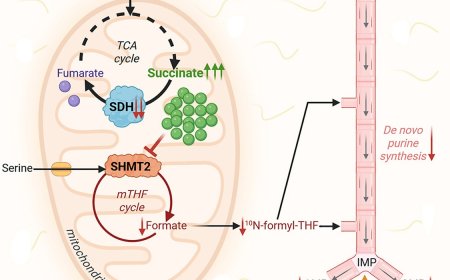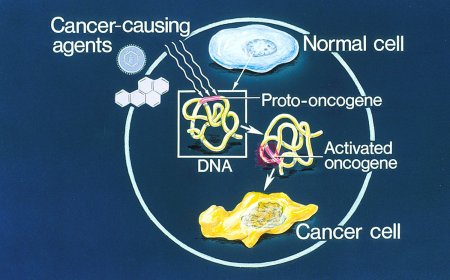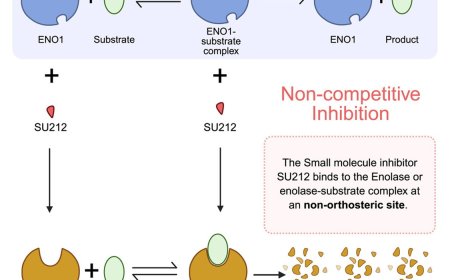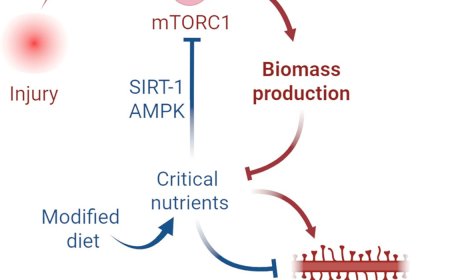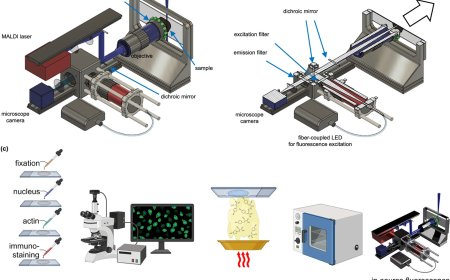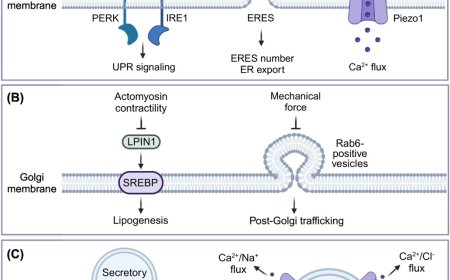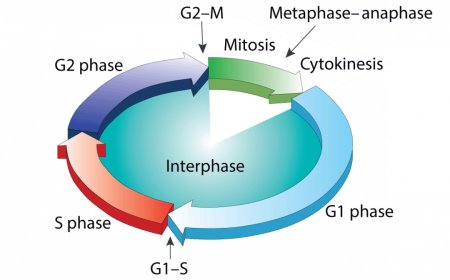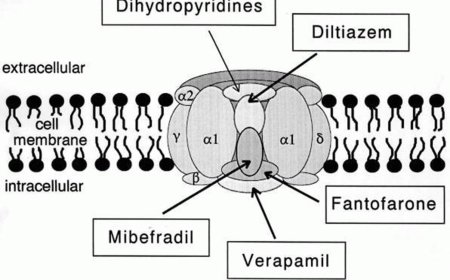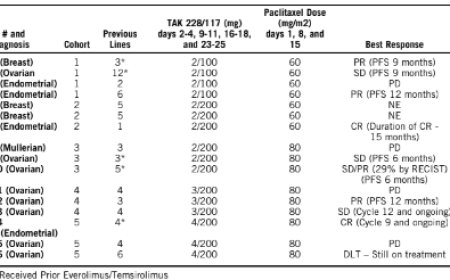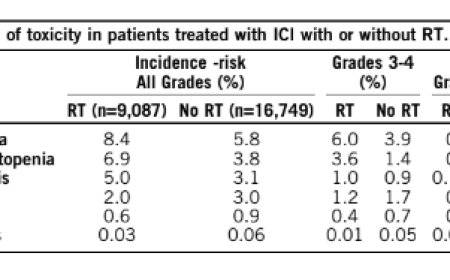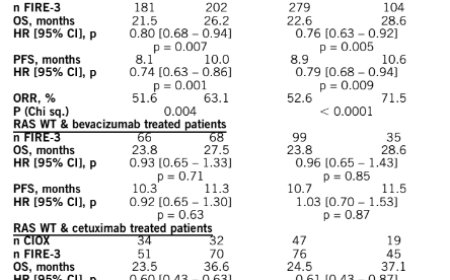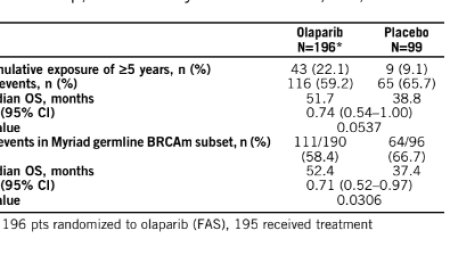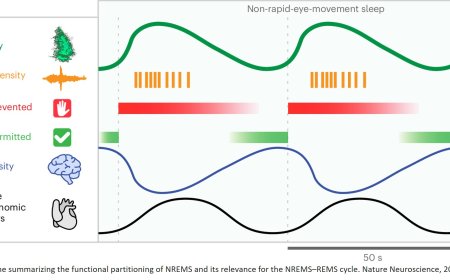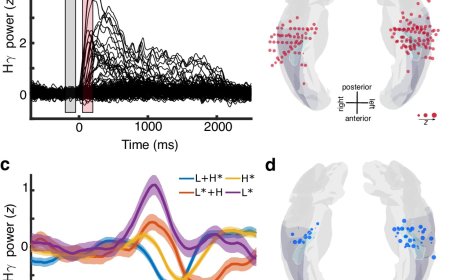Molecular signatures of frontotemporal lobar degeneration
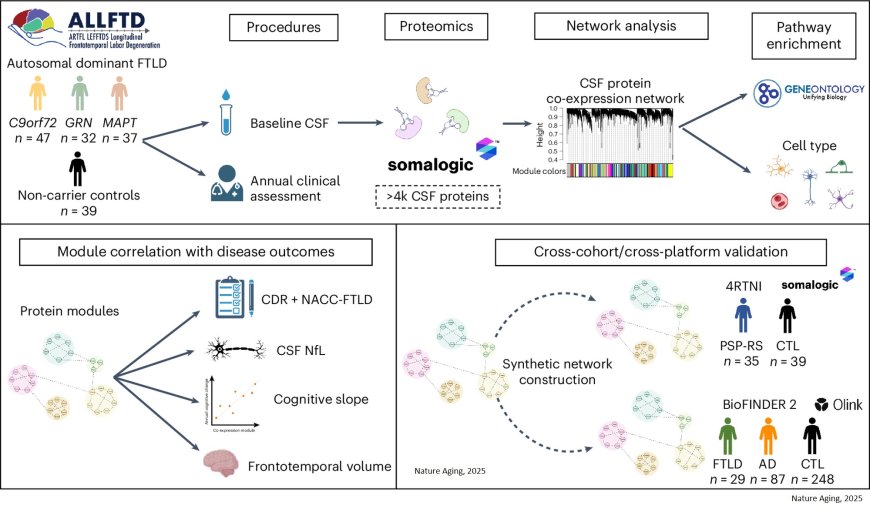
Dementia usually affects older people, so when it occurs in middle age, it can be hard to recognize. The most common form is frontotemporal dementia (FTD), which is often mistaken for depression, schizophrenia, or Parkinson’s disease before the correct diagnosis is reached.
Now, researchers at have found some clues about how FTD develops that could lead to new diagnostics and get more patients into clinical trials. The findings appear in Nature Aging .
The team measured more than 4,000 proteins found in spinal tap fluid from 116 FTD patients and compared them to those from 39 of their healthy relatives. All 116 patients had inherited forms of FTD, enabling researchers to study the disease in living people with confirmed diagnosis, something that isn’t possible in non-inherited FTD cases, which can only be confirmed after death.
The composition of the proteins that changed in FTD suggest that these patients have problems with RNA regulation — required for the proper expression of genes in the brain — along with defects that affect connections in their brains.
Proteomic signatures of genetic FTLD clinical severity included increased abundance of RNA splicing (particularly in C9orf72 and GRN) and extracellular matrix (particularly in MAPT) modules, as well as decreased abundance of synaptic/neuronal and autophagy modules.
These proteins, researchers think, could be the first specific markers for FTD that emerge as the disease develops in middle age.
“FTD affects people in the prime of their lives, stripping them of their independence,” said the corresponding author of the paper. “But there's no definitive way to diagnose it in living patients, unlike other dementias like Alzheimer’s disease.”
“If we’re able to identify FTD early on, perhaps using some of the proteins we’ve identified, we can direct patients to the right resources, get them into the right therapeutic trials, and, ultimately, we hope, provide them with precision treatments.”
